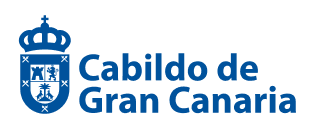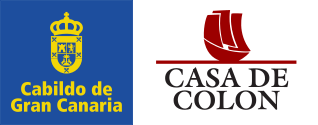El límite occidental del Menceyato de Güímar (Tenerife) y el lugar de la aparición de la Virgen de Candelaria, sincretismo de la diosa lunar Juno Caelestis / The western boundary of the Kingdon of Guimar (Tenerife) and the site of the apparition of the...
Palabras clave:
Tenerife, límite de menceyatos, Virgen de Candelaria, diosa lunar, Juno Caelestis, borders of kingdoms (menceyatos), Virgin of Candelaria, moon goddessResumen
El límite fronterizo entre los menceyatos de Güímar e Imobad, controlado por Taoro, debía encontrarse en el Barranco de Badajoz y la Ladera de Güímar, e incluir también el Malpaís de Güímar. Este nuevo límite explica mejor que los pastores que descubrieron la Virgen de Candelaria temían encontrarse con pastores de Taoro que les robasen el ganado, y se le ofreciese al Mencey de Taoro guardar seis meses la imagen de la virgen.
La Playa de Chimisay o Puerto de la Cera tenía un «pozo viejo» de aguada que convertía a la playa en un punto de recalada de barcos. Era también un lugar tradicional de aparición de ámbar gris marino, que suele ser confundido con cera ya que también es inflamable. Finalmente, permitía desembarcar en el límite del Menceyato de Güímar, y desde allí hacer razias esclavistas hacia la Ladera de la Cuesta de Agache, territorio de Imobad y Taoro.
Tenerife tenía una divinidad solar masculina, Achamán, y otra femenina, Chaxiraxi, diosa lunar celeste que favorecía las lluvias, la fertilidad y los partos de las mujeres. La diosa podía materializarse en algunas rocas o en lanzas de madera en los baladeros. Su principal festividad era los quince primeros días de agosto, el Begnesmet. Creemos que podría identificarse esta diosa con una Juno Caelestis africana.
The border between the kingdom of Güimar and Imobad, controlled by Taoro, was in the Ravine of Badajoz and the Hillside of Güimar, and also included the Malpais –Badland– of Güimar. This new demarcation of limits is a clearer explanation of why the shepherds who discovered the Virgin of Candelaria feared running into the herdsmen of Taoro who might steal their livestock, and that they should offer to stand custody to the statue of the Virgin of Candelaria to the Mencey (king) of Taoro.
The Chimisay beach, or Puerto de la Cera, had an «old well» for watering sheep and goats and became a point of call for all boats. It was also a traditional place of occurrence of marine grey amber which is often confused with wax because it is also flammable (thence the name of the Port, the Wax Port). Finally, this port allowed for final landings on the boundary of the kingdom of Güimar, and from there to organise slave raids on the Ladera de la Cuesta de Agache, territory that belonged to Imobad and Taoro.
Tenerife boasted a male god of the sun, Achamán, together with the goddess, Chaxiraxi, the deity of the moon, rain, fertility and birth. The goddess was known to materialize among the rocks or on a wooden pole in places where the livestock were penned. The main festivities to these gods were held in the first fortnight of August, the Begnesmet. We believe that this goddess is the equivalent of the African Juno Caelestis.










